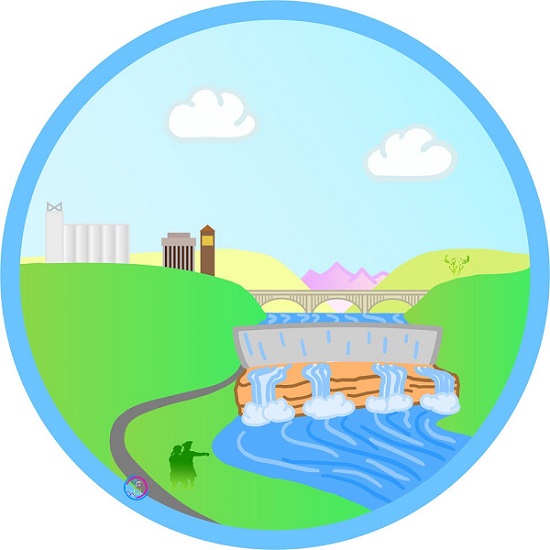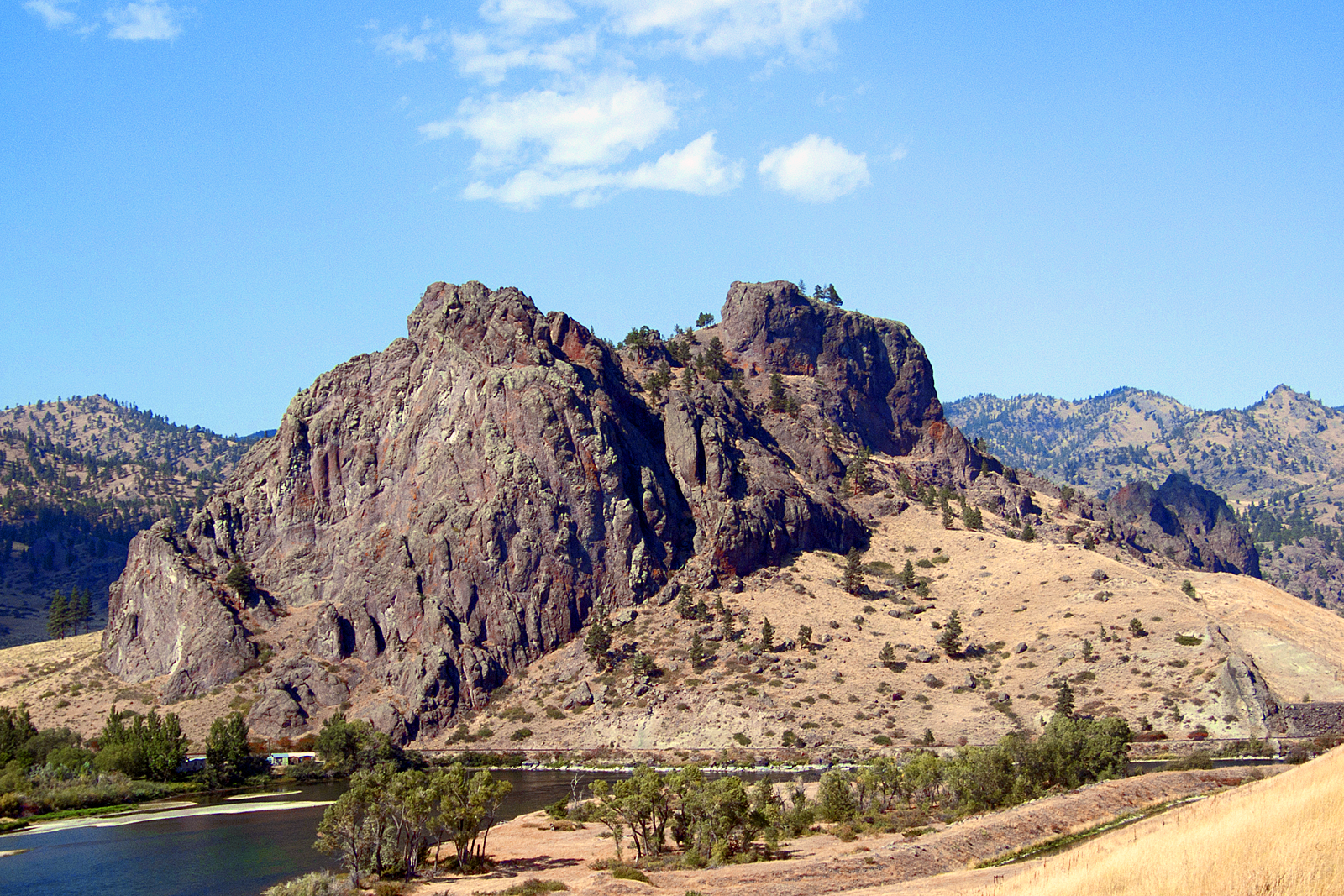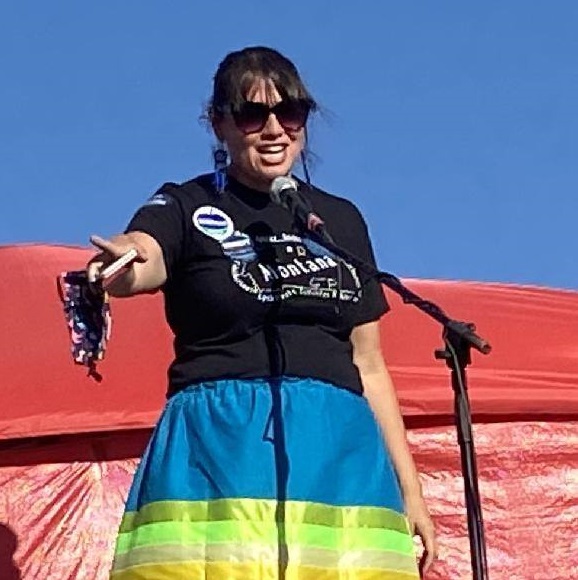Great Falls has many issues, as any town does. However one issue that people tend to overlook is how we present ourselves. This plays an integral role in how others outside of Great Falls–and even outside of the state–see us as a city. Our major outside presentation is our city logo, which is in dire…
Category: Great Falls
Where Do Your Property Taxes Go, Great Falls?
At last night’s Great Falls city commission meeting we unanimously voted to adopt the proposed fiscal year 2022 City of Great Falls budget. This graph depicting the government entities to which our local property tax dollars go is interesting and informative: The 27.1% share of total local property taxes is only one of the City’s…
Critical Race Theory Coming To Great Falls Public Schools?
Editor’s note: E-City Beat respects this writer’s request for anonymity, for obvious reasons. We would like to also mention the upcoming appointment of a GFPS School Board member. The GFPS Selection Committee will conduct an interview for the two applicants from 2-4 PM on July 16 at the district office. The interview session is open…
But It’s Part Of The Growth Policy—Not!
Last summer I submitted an ethics complaints to Cascade County Attorney Josh Racki regarding the use of government resources and facilities by both the City of Great Falls and Cascade County to benefit the private nonprofit Big Sky Country National Heritage Area Inc. I alleged there were violations under the Montana Code Annotated and the…
Should Great Falls’ Fireworks Ordinance Be Revisited?
Are all those booms, pops and ka-bams we heard over the weekend as Great Falls celebrated Independence Day 2021 the sound of freedom – or the sound of irresponsibility? Here’s something I posted on my personal Facebook page last Wednesday: “Let’s be careful and kind out there, Great Falls. Hot and dry conditions here means…
Jasmine Taylor Compares Greatest Generation To Antifa
In our continuing series featuring idiotic social media posts by local politicians, this one may win the grand prize. It’s hard to imagine a more offensive and clueless meme than the one proudly being posted on local “Social Justice Warrior” and two-time loser for Great Falls elective office Jasmine Taylor’s Facebook page. And yet, here…
Far Left Great Falls Dem Takes Down Ignorant Tweet
In our continuing series exposing local politicians who talk and behave one way during campaign season and a different way when they think the spotlight isn’t on them, we once again return to Democrat Barabara Bessette, a former Great Falls state Representative. Bessette was an incumbent who lost to GOP newcomer Steven Galloway in Cascade…
City “Aims High” But Does It Miss The Mark?
The Great Falls City Commission approved the Aim High Aquatics and Recreation Center Conditional Use Permit (CUP) at its meeting on May 18. Although cooperation between the Malmstrom Air Force Base and the city is promising and a replacement aquatics facility for the defunct Natatorium is long-awaited, I have a lot of concerns and questions…
Cascade County GOP Elects Executive Board
PRESS RELEASE FROM CASCADE COUNTY REPUBLICAN CENTRAL COMMITTEE (CCRCC) CYNDI BAKER, CHAIR ELECTION OF EXECUTIVE BOARD The Cascade County Republican Central Committee (CCRCC) recently met in Convention to elect the 2021-2022 Executive Board. Reelected to their prior positions were: Cyndi Baker, Chair Kerry Yates, 1st Vice-Chair Roger Hagan, 2nd Vice-Chair Wendy McKamey, Secretary Fred Fairhurst,…
Does Jasmine Taylor Get To Decide Whether Or Not You’re A Racist?
Continuing our series on the revealing social media posts of local and state candidates/politicians, today we feature Democrat Jasmine Taylor. Taylor lost to GOP incumbent Lola Galloway in Cascade County’s HD 22 in 2020. She also came in dead last out of a field of 6 candidates, losing in the 2019 Great Falls City Commission…










